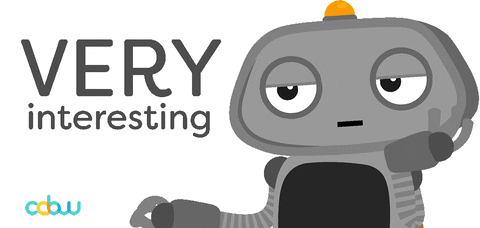Do you ever have those days when students just aren’t into learning? This sometimes happen to me if they arrive from a PE class, are hungry for lunch after a busy morning, or it’s last lesson on a Friday afternoon. I can almost see their brains muttering…

At such times, I like to whip out one or more of my ready-to-go games. Using games in the classroom may be an effective way to reduce stress, strengthen relationships, and review content. Of course, when done badly games could waste time or – worse – do more harm than good, so it’s important to create a classroom culture where everyone feels safe and included. Furthermore, using games selectively and intentionally for specific aims may increase the likelihood of them having a positive impact. Whatever the research might say, my own experiences tell me they are a must-have for my classroom. When my teen students play, I see them come out of their shells, make connections with each other, and smile – a lot. If nothing else, I know we are building our culture of care, kindness, and connection so for me it is worth the 5-10 minute breaks to play a game.
So, while this post feels a bit frivolous and may not do much to promote equity in your classroom, it might help create the kind of environment needed to get started. After all – there’s nothing wrong with having some smiles while trying to make the world a better place, eh?
One of the most popular games we play is 4 In A Row, based on the game Connect 4. Whether or not you played Connect 4 as a child, it’s a relatively simple game that can be adapted to the classroom in person or digitally.
The Basic Rules
The aim of the game is simple – take turns placing counters in a grid. The first person (or team) to get 4 counters of their colour in a row wins. The row can be vertical, horizontal, or diagonal. As you play, you try to stop your opponents from getting 4 in a row while simultaneously trying to get your own 4 in a row. You may only add counters on top of other counters – there can be no ‘floating’ counters.

How to Use 4 In A Row In The Classroom
Here are a few ideas adaptable to any subject or age:
- Students answer questions before they can place a counter in the grid; review any content
- Students create their own questions (individually or – preferably – in teams to make it more cooperative); a correct answer means you get to place your next counter
- Give students a list of topics where they must speak on a topic of choice for a minimum time (e.g. 30 seconds) to develop their fluency and ideas; hitting the time minimum allows them to place a counter
- Play a whole class review game where students are in 2 (or even more) teams; when teams answer correctly they can claim a place on the grid according to the usual rules
- Use the traditional rules to provide students with a brain break during a longer lesson; admittedly, this may not have any content-related skill development, but it could help students re-focus and make positive associations with your classroom
A Few More Ideas
The following links will take you to external sites for even more inspiration.
- Try this sticker idea from Off Beat Home to practice reading skills
- Marc Anderson provides a way to practice pronunciation (adaptable to any language) on the tesol.org blog
- Try practising maths skills with these ideas and templates from Gary Needle
An Example From My Classroom
The templates I created can be used to create reviews for specific content. I use the template below to review technical accuracy in writing. The language items can be replaced with concepts from any subject area. We also use it to review figurative language, and concepts from Social Studies for example.

How To Play:
- Divide into pairs of players or teams – claim 1 colour each.
- To win a turn, you must give an example of the item in the box, and/or provide a definition.
- Take turns to place the counters in the frame. Counters start on the bottom row and then can only be placed on top of other counters. There cannot be ‘hovering’ counters with white space below.
- The first person to get 4-in-a-row of the same colour in any direction (horizontal, vertical, or diagonal) wins.
One Final Hack
A final way we use the above grid in the English classroom is as a self-check. Each student has their own version of the template. They complete a piece of writing and shade any secure areas in a colour of their choice. Once the student has demonstrated they can accurately produce (or self-correct) that language item a minimum number of times (e.g. 3), they can then shade it too. The aim is to have every box shaded by a negotiated deadline.

Gather Your Materials
If you have the physical game, you can easily use that. Alternatively, you can make your own paper or digital template. However, if you would like to save time with 2 free greyscale printable templates plus the example from my classroom (above), fill in your details below and they will be on their way to your inbox in moments. If you prefer to purchase the print and digital templates, you can get them here.

Whatever you decide, I hope you and your students enjoy trying out this game in your classroom.
Engagement and fun? We’ve got this!


